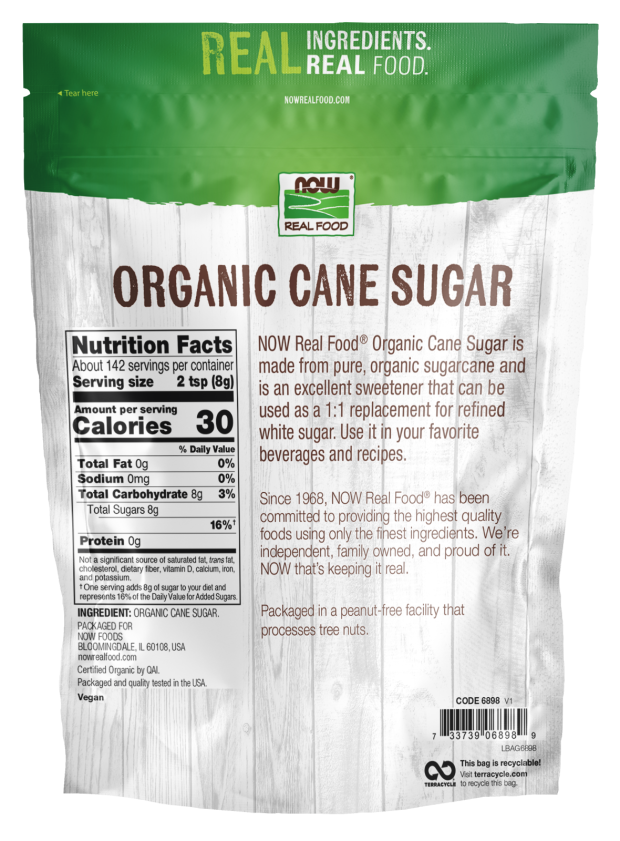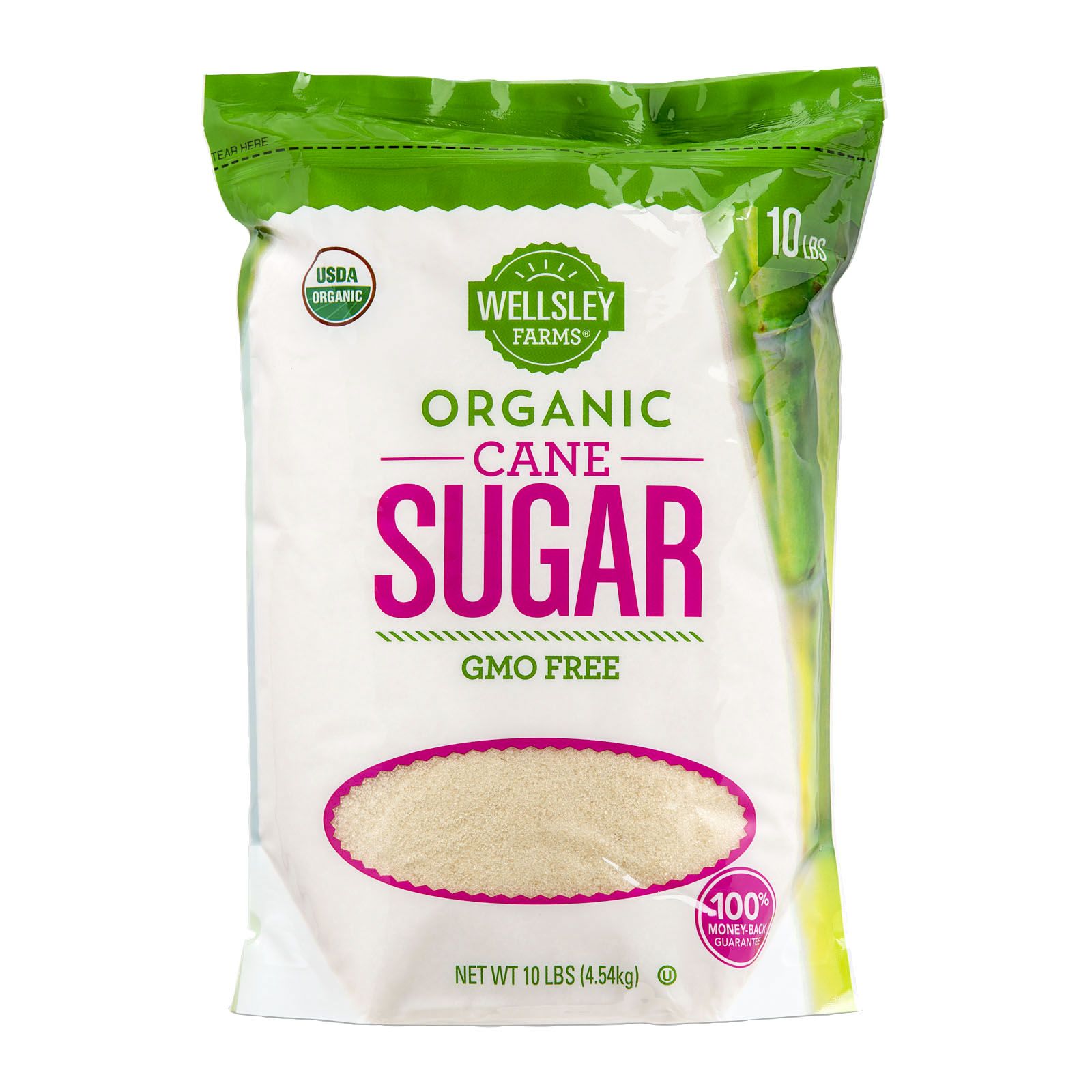A Thorough Overview to the Ecological Impact and Sustainability Practices in Walking Stick Sugar Handling
The environmental impact of cane sugar handling provides a complex array of obstacles that warrant mindful exam. From dirt deterioration and extreme water usage to the carbon impact linked with growing and production, the consequences of typical techniques are far-ranging. What certain practices can be executed to strike a balance in between performance and environmental stewardship?
Review of Walking Cane Sugar Processing
Walking cane sugar processing involves a collection of systematic actions that transform sugarcane right into polished sugar. Initially, collected sugarcane is delivered to processing centers, where it undergoes cleansing to eliminate dirt and particles. Following this, the cane is squashed to extract juice, which is after that cleared up by getting rid of pollutants through home heating and the addition of lime.
The clarified juice undertakes evaporation, where water is gotten rid of to focus the sugar content. These crystals are divided from the continuing to be syrup using centrifugation, resulting in raw sugar.
The end product is then dried out and packaged for circulation. Throughout this whole process, keeping efficiency and high quality control is vital to make sure the sugar meets sector standards. Each action in walking stick sugar handling not just adds to the end product however also has implications for resource use and waste generation, establishing the stage for discussions on sustainability and ecological effects related to sugar manufacturing.
Ecological Obstacles of Manufacturing
The manufacturing of walking stick sugar provides a number of significant environmental challenges that warrant attention. One key concern is the comprehensive use agrochemicals, including fertilizers and pesticides, which can lead to soil degradation, biodiversity loss, and contamination of neighborhood water resources. The drainage from sugarcane areas often carries these chemicals right into neighboring ecological communities, disrupting aquatic life and affecting the wellness of areas reliant on these water bodies.
An additional difficulty is the high energy consumption associated with sugarcane processing. The boiling and refining stages require significant warmth, largely created by shedding fossil gas, adding to greenhouse gas discharges. Additionally, the expansive land location required for sugarcane cultivation can lead to deforestation and environment devastation, additional intensifying environment modification and threatening wildlife.
Moreover, the labor practices in some areas raise ethical worries, as employees may face bad working conditions and inadequate incomes. This scenario commonly continues a cycle of destitution in neighborhood neighborhoods. Cane Sugar Processing. Dealing with these ecological difficulties is essential for creating a lot more sustainable techniques in walking stick sugar production, eventually benefiting both the setting and the neighborhoods involved in this sector
Water and Land Use Influence
Water resources and land usage are essential elements in the walking cane sugar industry that considerably influence the environment. The growing of sugarcane calls for significant water input, with estimates suggesting that it can eat up to 2,000 liters of water per kg of sugar generated. This extensive use water typically brings about depletion of local water resources, influencing not just the sugarcane plantations however likewise bordering ecosystems and neighborhoods that rely upon the very same water resources for farming and domestic use.

Moreover, land use for sugarcane farming can result in logging and the conversion of all-natural habitats into monoculture haciendas. This method lessens biodiversity, interrupts regional ecological communities, and adds to dirt deterioration. The growth of sugarcane fields frequently intrudes on important agricultural land, creating competitors for resources Cane Sugar Processing between food and biofuel manufacturing.
Lasting practices, such as enhancing watering techniques and carrying out plant rotation, are necessary to minimize these impacts. By embracing extra efficient water usage and land administration approaches, the cane sugar industry can minimize its eco-friendly impact, guaranteeing an equilibrium in between farming productivity and environmental preservation.
Greenhouse Gas Emissions
Greenhouse gas exhausts represent a considerable environmental problem within the walking cane sugar processing market, specifically as farming practices broaden to fulfill international demand. The cultivation of sugarcane, a crop that grows in exotic environments, counts heavily on synthetic plant foods and chemicals, which add to nitrous oxide discharges. Furthermore, land-use adjustments, consisting of logging for brand-new sugarcane plantations, release co2 saved in vegetation and dirt.
During handling, power usage is another major resource of greenhouse gas discharges - Cane Sugar Processing. Numerous sugar mills utilize fossil gas to power equipment and produce heat, resulting in substantial carbon footprints. Additionally, the transportation of raw sugarcane and ended up items adds layers of emissions via gas combustion in vehicles
The cumulative result of these discharges intensifies environment modification, positioning risks not just to the setting however also to the lasting feasibility of the market. Stakeholders must identify the urgent need for thorough techniques that address these exhausts. This involves evaluating existing agricultural practices, refining methods, and transport systems to determine areas for renovation and mitigation. Attending to greenhouse gas discharges is important for cultivating a more lasting cane sugar market in a transforming climate.

Sustainable Practices and Innovations
Sustainable methods and developments are increasingly essential in the walking stick sugar processing sector as stakeholders seek to reduce ecological effects while maintaining performance. One considerable development is the execution of incorporated crop monitoring, which enhances resource usage by integrating soil monitoring, bug control, and crop turning methods. This method boosts yield while minimizing chemical inputs and maintaining soil wellness.
Moreover, the adoption of renewable resource resources, such as biomass from sugarcane deposits, has gotten grip - Cane Sugar Processing. By converting waste products right into power, processing centers can lower their reliance on fossil gas, therefore lowering greenhouse gas discharges
Water monitoring techniques have likewise seen renovations via the recycling and reusing of water in processing plants, substantially reducing freshwater consumption. Advancements in modern technology, such as accuracy agriculture, enable farmers to keep an eye on plant wellness and source usage much more efficiently, making certain lasting cultivation practices.
Additionally, accreditation programs like Fair Trade and Jungle Partnership urge eco liable farming practices and promote social equity within the supply chain. By embracing these sustainable practices and developments, the walking stick sugar handling sector can boost its strength and add positively to environmental stewardship.
Conclusion
The ecological influence Learn More of walking cane sugar processing offers substantial challenges, including soil deterioration, high water intake, and greenhouse gas exhausts, along with moral concerns associated with labor methods. Attending to these concerns via lasting techniques, such as incorporated plant monitoring, sustainable energy adoption, and water recycling, is necessary. By promoting socially equitable read more and environmentally responsible methods in sugar production, the industry can minimize its damaging results, making certain a more sustainable future for both neighborhoods and environments associated with this field.
Walking cane sugar handling includes a series of systematic actions that change sugarcane into refined sugar. Each step in cane sugar handling not only contributes to the last product but also has implications for source use and waste generation, establishing the stage for discussions on sustainability and ecological effects associated with sugar manufacturing.
Greenhouse gas discharges represent a substantial ecological issue within the walking cane sugar processing sector, especially as agricultural techniques increase to meet international demand.Lasting practices and advancements are progressively vital in the walking stick sugar handling industry as stakeholders look for to decrease ecological impacts while keeping productivity.The environmental impact of walking stick sugar handling presents considerable obstacles, including dirt degradation, high water usage, and greenhouse gas discharges, alongside honest problems associated to labor techniques.